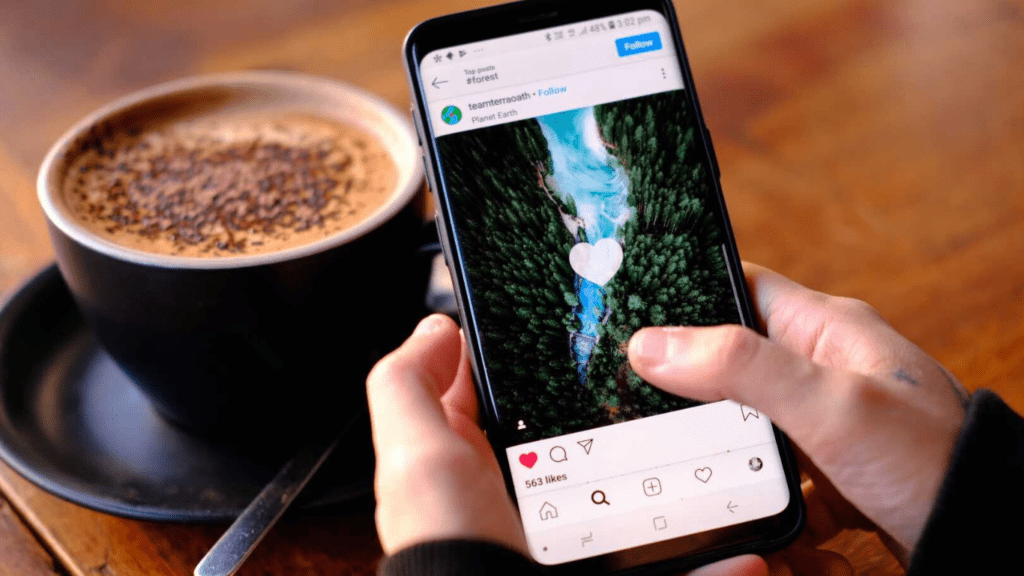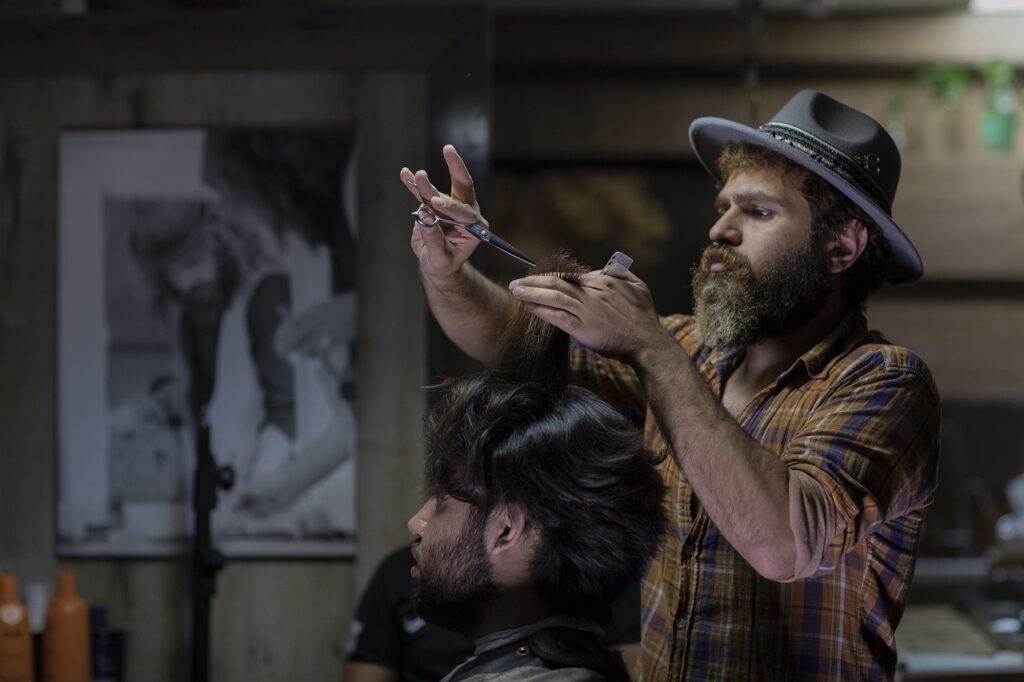As a creative professional, showcasing my work effectively is just as important as creating it. In today’s digital world, platforms like Behance, Instagram, and personal websites have become essential tools for building my brand and connecting with the right audience. Each platform offers unique advantages, and knowing how to leverage them can make all the difference in standing out.
Why Showcasing Your Work Matters
- Displaying your work demonstrates your expertise to potential clients, collaborators, or employers. It creates opportunities by presenting your skills and projects in a way that builds credibility. Without visibility, talented work often goes unnoticed, limiting professional growth.
- Showcasing helps you connect with a targeted audience looking for specific skills. For example, an illustrator’s detailed portfolio can attract publishers, while a UI/UX designer’s case studies may draw tech companies. Reaching the right audience boosts the likelihood of meaningful opportunities.
- An active presence on platforms like Behance or Instagram increases discoverability. Most decision-makers explore digital spaces when scouting talent. A strong portfolio streamlines this process, making your work accessible to decision-makers.
- Your presentation style reflects your personality and professional values. A polished, cohesive showcase signals attention to detail and creativity—qualities appreciated in many industries. Failing to showcase work effectively risks creating a perception mismatch, even if your skills align perfectly with prospective opportunities.
Overview Of Popular Platforms
Showcasing work through digital platforms enhances visibility and connects creatives with broader audiences. Each platform—Behance, Instagram, and personal websites—caters to specific needs and audiences, enabling a comprehensive showcasing strategy.
Behance
Behance focuses on presenting professional and detailed projects. I use it to create curated portfolios targeting industry peers and professionals. Its project-based structure allows me to organize work into categories like:
- graphic design
- photography
- UX design
making it easier for viewers to navigate. Interactive features, such as the ability to add project descriptions and credits, enhance its professional appeal. Recruiters and agencies often scout this platform, making it a useful tool for professional opportunities.
Instagram works best for building connections and engaging a wider audience. I leverage its visual-first format to share snapshots of completed work, behind-the-scenes processes, or creative inspirations. Consistent posting and using niche-relevant hashtags make my work discoverable by followers and potential collaborators. Stories and reels add a dynamic way to showcase ongoing projects or personal insights, humanizing my brand. Its informal tone helps me foster deeper connections with the creative community.
Personal Websites
Personal websites give me control over storytelling and branding. I structure mine to highlight expertise through dedicated sections, such as:
- about page
- portfolio gallery
- blog
A custom domain boosts credibility and sets my brand apart from others relying solely on social platforms. I also integrate an updated contact form to ensure ease of communication with potential clients, collaborators, or employers. It’s the best space to combine visual storytelling with detailed project explanations and personal branding.
Strengths And Weaknesses Of Each Platform

Understanding the strengths and weaknesses of Behance, Instagram, and personal websites helps me showcase my work strategically. Each platform offers distinct benefits but also has limitations.
Pros And Cons Of Behance
Behance excels at professional portfolio presentation. Its project-focused layout lets me present polished, detailed work with high-quality images and case studies. Industry professionals frequent Behance, increasing my visibility among potential collaborators and employers. The platform also enables networking through curated galleries and groups.
However, Behance’s user base is mainly industry-focused. This limits exposure to broader audiences outside creative fields. Its SEO capabilities are weaker than personal websites, reducing discoverability through search engines.
Pros And Cons Of Instagram
Instagram allows me to connect with a diverse, global audience. Its visual-first design makes it ideal for sharing finished pieces, works-in-progress, and creative processes. Regular posts help me engage followers and build my personal brand. Instagram’s algorithmic feed increases my chances of viral reach with consistent interaction.
Despite its advantages, Instagram emphasizes engagement over depth. The lack of detailed project organization can dilute my professional image. Algorithm changes can also reduce content visibility, making reach unpredictable.
Pros And Cons Of Personal Websites
Personal websites offer complete control over my storytelling and branding. I design layouts, structure my portfolio, and showcase projects with custom domains, enhancing credibility. Using SEO optimization, I increase my visibility in search engines.
Although customizable, creating and maintaining a personal website requires technical skills and time. Traffic is often self-driven, so I must invest in marketing to attract viewers. Without updates, my website might appear neglected.
Strategies For Using These Platforms Effectively
Using Behance, Instagram, and personal websites effectively requires strategic planning and a clear understanding of each platform’s strengths. By aligning content, branding, and presentation with the platform’s unique features, I can maximize engagement and showcase my work professionally.
Building A Cohesive Online Presence
I link my Behance profile, Instagram account, and personal website across all platforms to ensure seamless navigation for viewers. Maintaining a consistent tone and style throughout these platforms ensures that potential clients and collaborators instantly recognize my work regardless of where they encounter it. I also ensure content complements rather than duplicates. For instance, detailed case studies reside on Behance, snippets and daily updates on Instagram, and in-depth narratives on my website.
Tailoring Content To Each Platform
I adapt content to fit the format and audience of each platform to increase impact. On Behance, I focus on high-quality visuals paired with detailed descriptions, demonstrating technical skills and project outcomes to professionals. On Instagram, I prioritize visually striking posts, behind-the-scenes content, and short captions to foster engagement with a more diverse and casual audience. On my personal website, I structure my portfolio to highlight key projects, incorporate blogs about my creative process, and include an easy-to-access contact page for leads.
Consistent Branding And Presentation
I ensure my branding, from logo to typography, aligns across all platforms. Profiles, headers, and bios include a professional photo or logo, a concise tagline, and links to my other platforms. Using a cohesive color palette and visual style across Behance projects, Instagram posts, and website design reinforces my identity. I regularly audit my platforms to update outdated visuals and refine layouts, maintaining professionalism and relevance.




